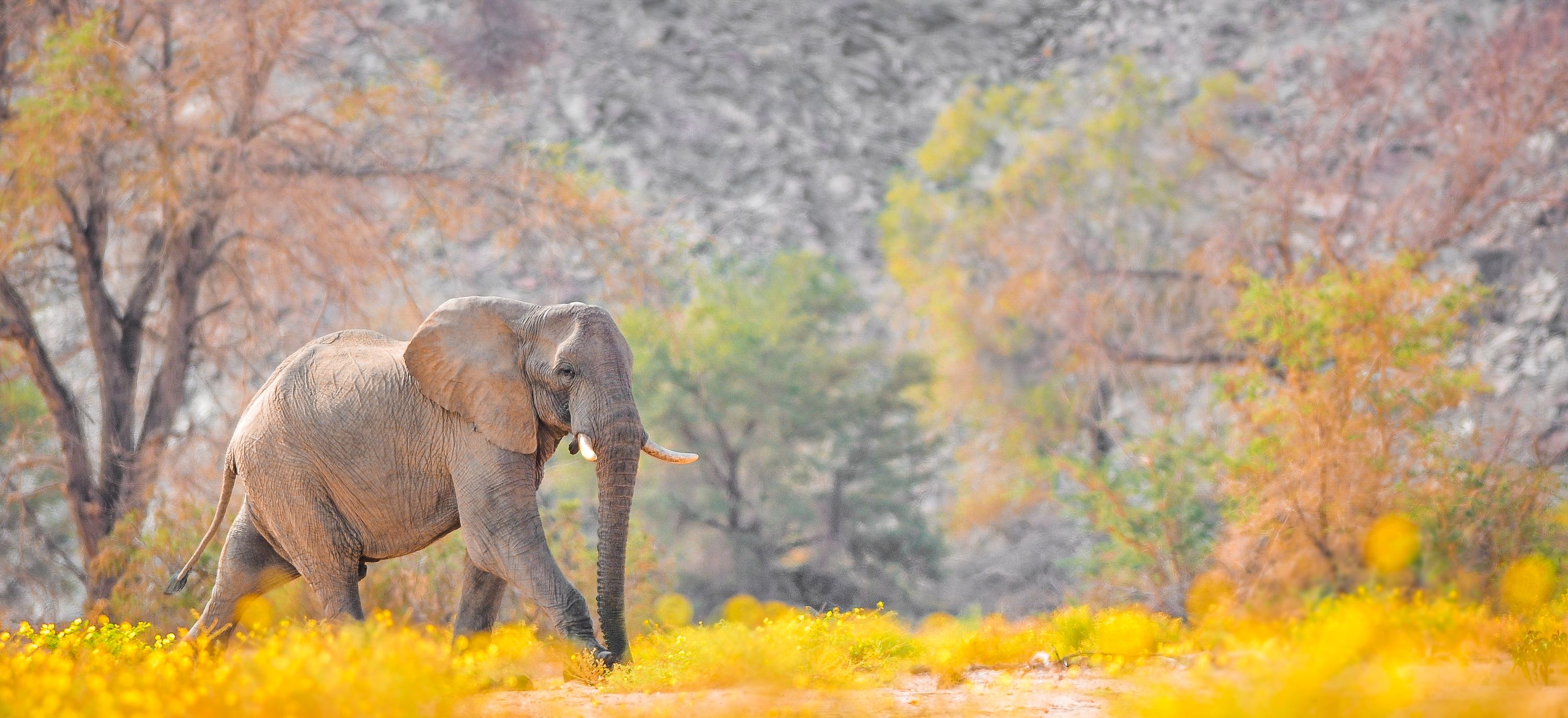
Environmental Education and Training Centre in Desert-Adapted Elephant Country
9th September 2021
The Elephant-Human Relations Aid (EHRA) has started building its Education Centre on the northern bank of the Ugab River in the southern Kunene Region. This is a great stride forward for our environmental education programme. The Education Centre is the latest development in our ongoing PEACE (People and Elephants Amicably Co-Existing) Project, an elephant-focussed education programme that was launched in 2009 to address the increasing human-elephant conflict issues.
Through our PEACE Projects we have experienced first-hand that by dispensing knowledge and raising awareness we can empower and inspire both young and old community members to develop and implement sustainable solutions to the problems related to sharing resources with elephants. In our approach we recognise the communities' custodianship over natural resources and seek to develop their sense of environmental protection and appreciation of the natural environment.
Our education currently centres on the topics of elephant conservation and fostering a peaceful co-existence between the local communities and elephants through our conflict mitigation workshops. But the Kunene Region is not just famous for its elephants. It has pristine mountainous environments, rich in wildlife and culture. One cannot talk about the conservation of a species without talking about the environment with which it interacts. The new Education Centre will therefore go beyond elephant conservation and include all aspects of environmental conservation.
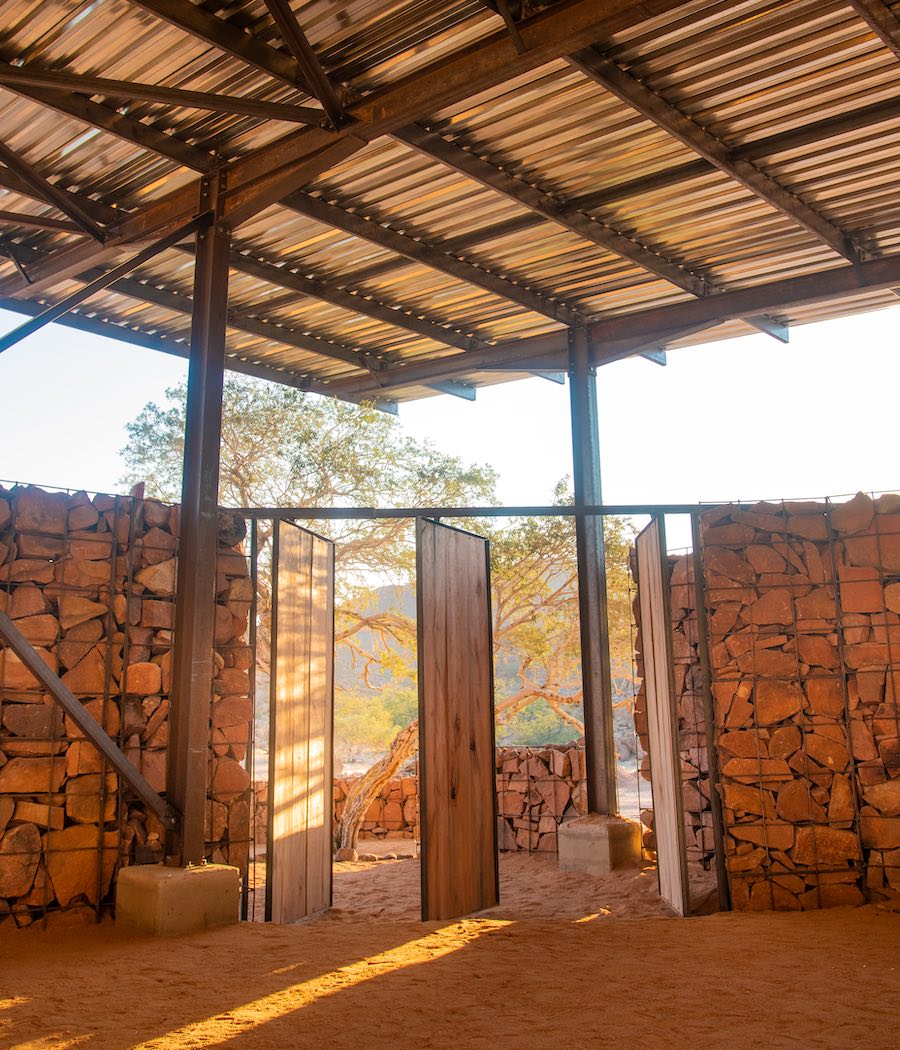

At the new centre, PEACE will offer a five-day environmental education programme that is designed to fit into the national school curriculum for both Upper Primary and Secondary schools. We are extremely grateful for the guidance provided by the Namib Desert Environmental Education Trust (NaDEET), which has shared its experience with our team and aided us in developing our environmental education programme adapted to our project area. We hope to complement each other's work regarding education for sustainable development and nature conservation.
Apart from hosting environmental education courses for school learners and human-elephant co-existence workshops for the communities, the centre will host training events and workshops on various subjects related to sustainable living for community members, livestock herders, communal and commercial farmers and tour guides. Topics will include: regenerative agriculture and perma-culture for those wanting to grow their own food; arts, crafts and recycling projects to generate income from local products and waste; wildlife photography and tour guide training for community members interested in wildlife-related careers.

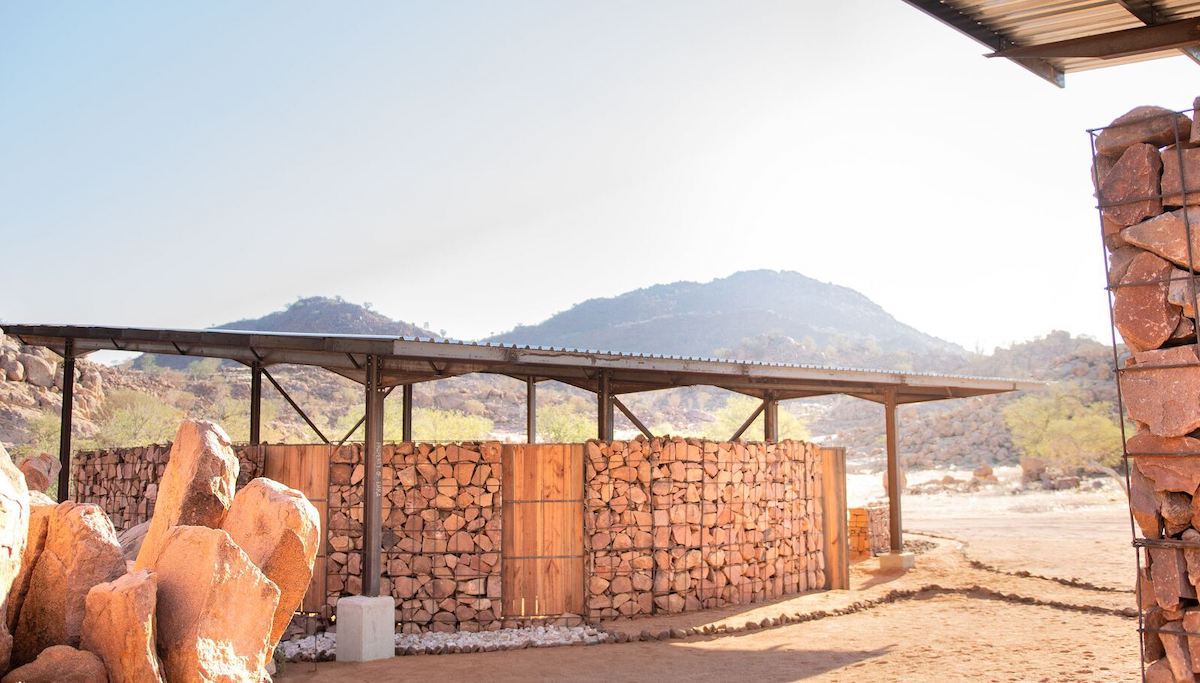
Construction of the new centre is well underway, and we are determined to keep the negative ecological impacts of all our activities during and after construction to an absolute minimum. We care for and love our environment, which is why we have opted for an eco-friendly building made with locally sourced materials and using as little cement as possible. The walls are made of rock gabions, steel beams are used for the roof construction and doors are made of local timber. These materials blend well into the surrounding environment and will not harm it while in use or after disposal as they can be easily recycled or reused elsewhere.
The centre is designed to maximise the participants' ability to learn by providing a comfortable, distraction-free environment. We offer an indoor learning space large enough for more than 50 participants at a time, as well as an outdoor learning space for more practical, hands-on learning experiences. We believe that linking the two is the best way to teach and to ensure effective learning and retention of knowledge. The construction of our Education Centre was sponsored by the UK ice-cream brand NUII and the environmental conservation organisation WildArk. We highly appreciate their support during such a tough year. If you would like to contribute to the future upkeep of this centre, which will provide valuable information to the surrounding communities, please visit our website: ehranamibia.org.
We are on track to complete the facility and make it available for public use by the end of 2021. We are excited to take our environmental education into a new era that will make a valuable contribution to nature conservation and sustainable living in this special part of Namibia. The future of our environmental education project looks promising!

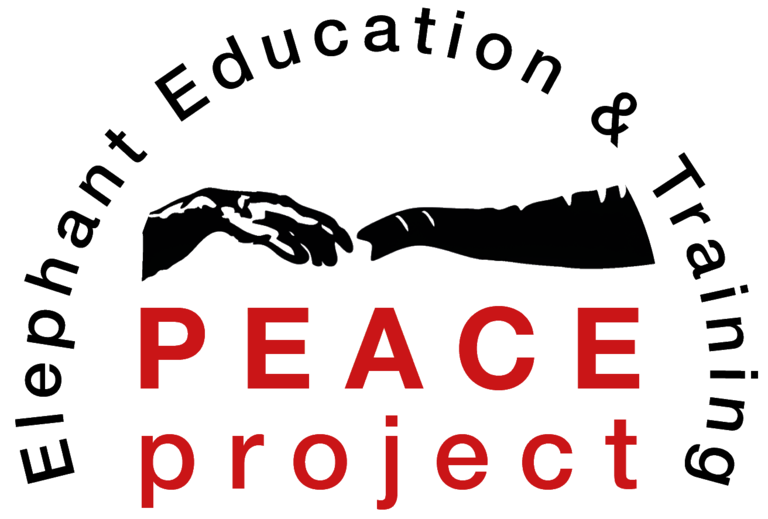
For further information on our programs and activities please contact:
info@desertelephant.org
Website: www.ehranamibia.org

If you enjoyed this page, then you might also like:
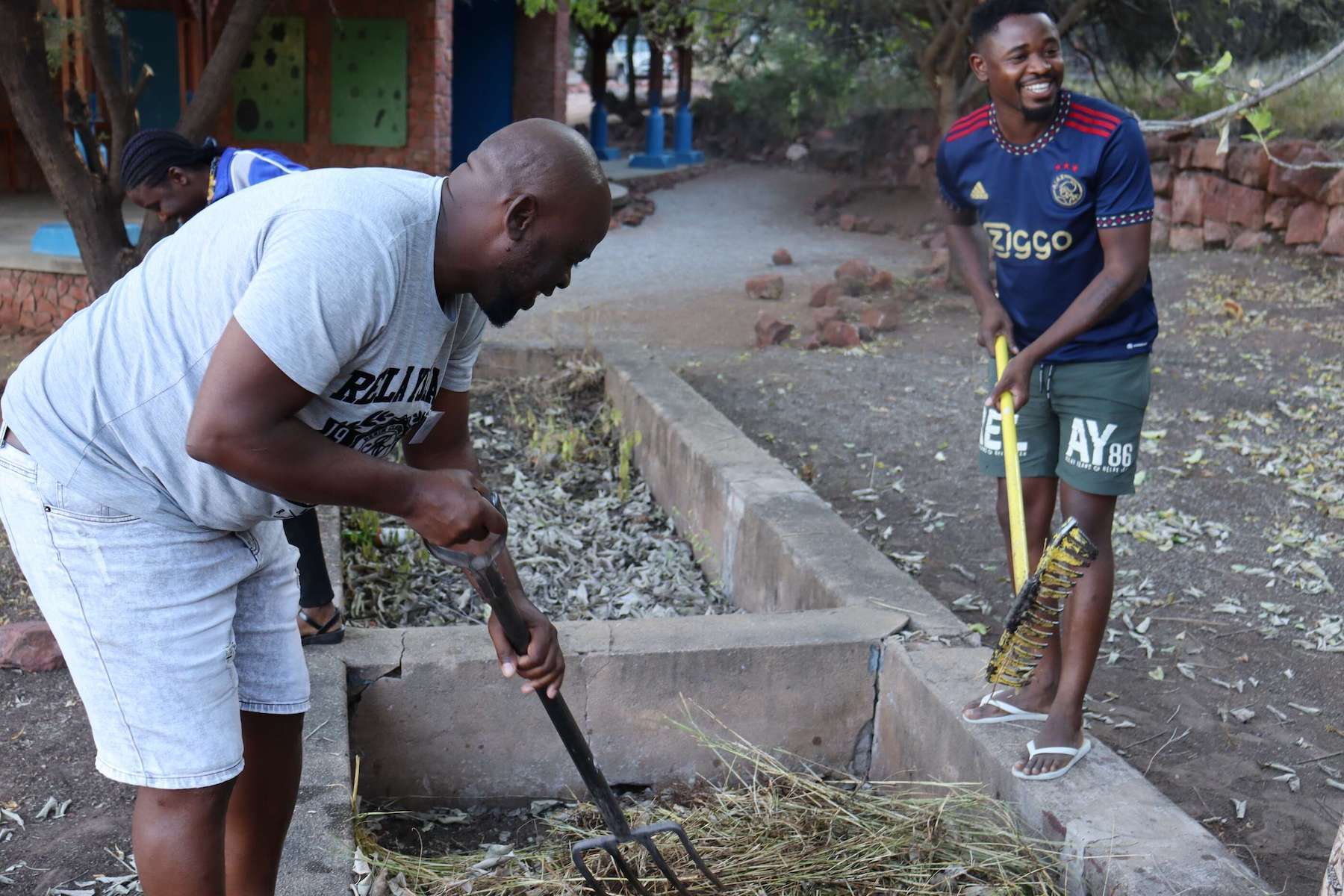
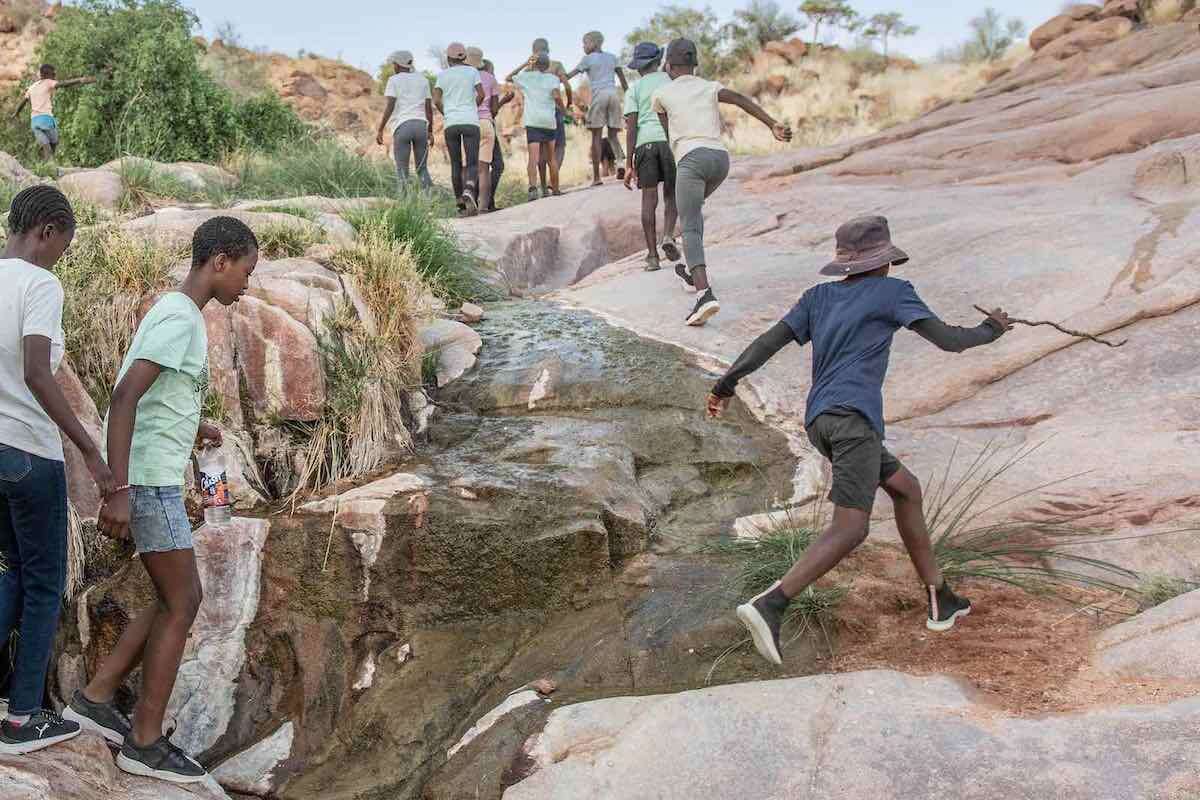
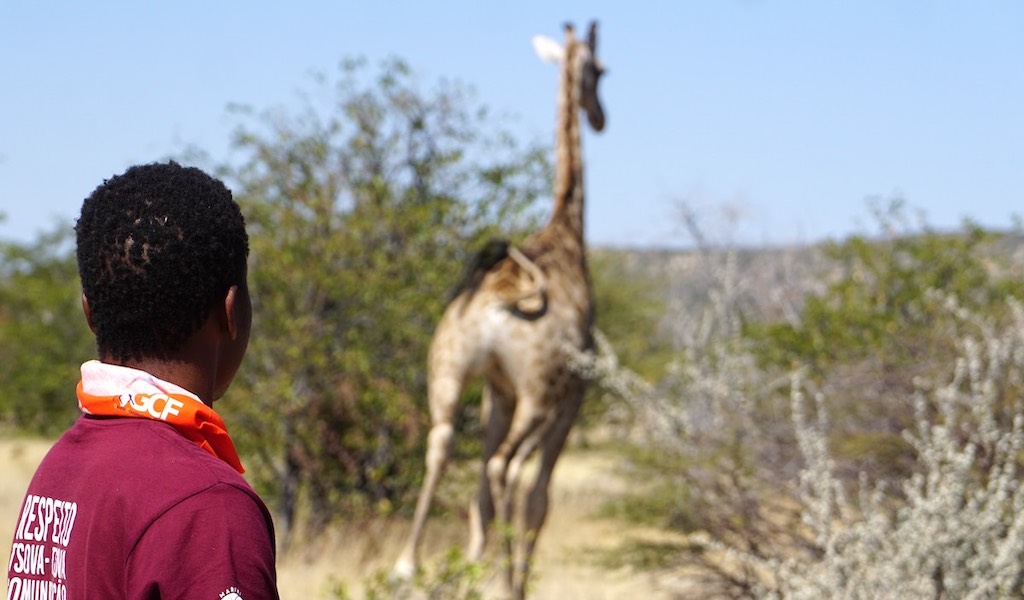
For more great articles from Conservation Namibia see below...
Conservation Namibia brought to you by:
We use cookies to monitor site usage and to help improve it. See our Privacy Policy for details. By continuing to use the site, you acknowledge acceptance of our policy.








